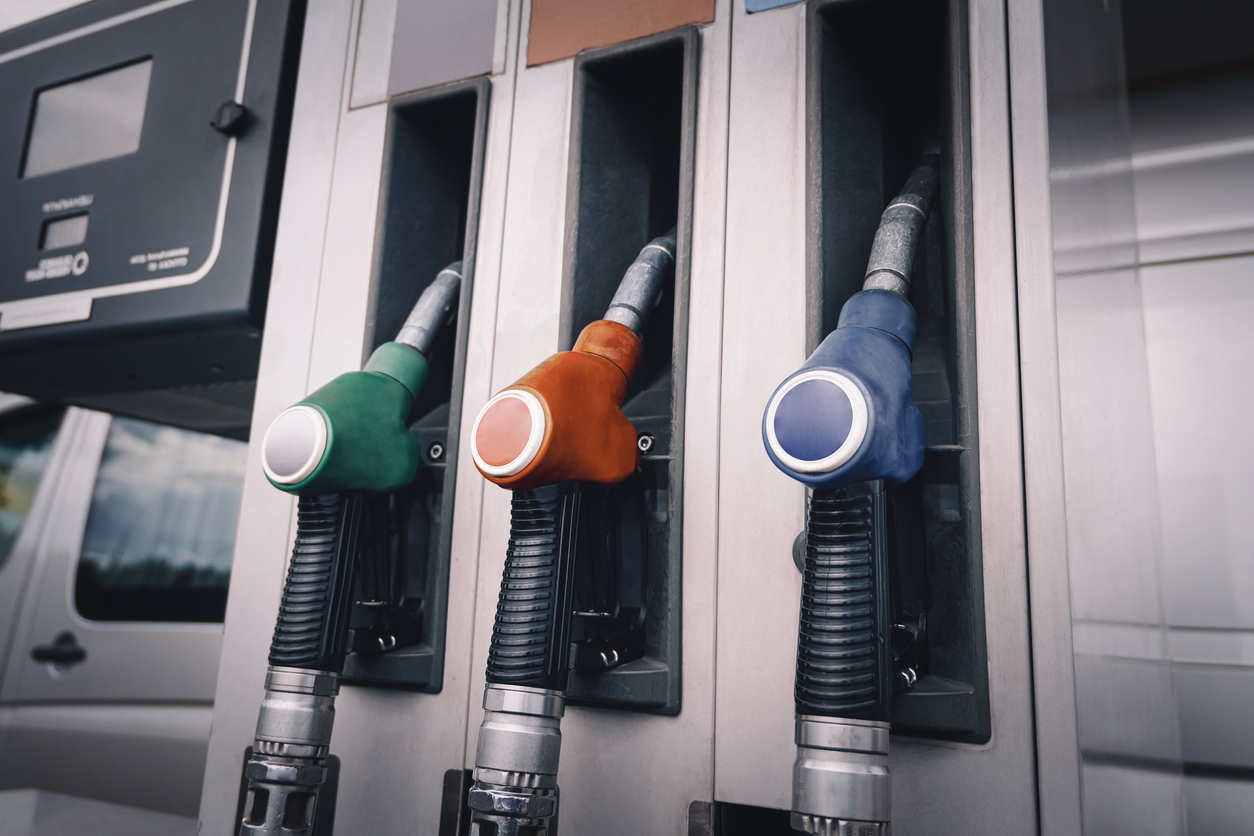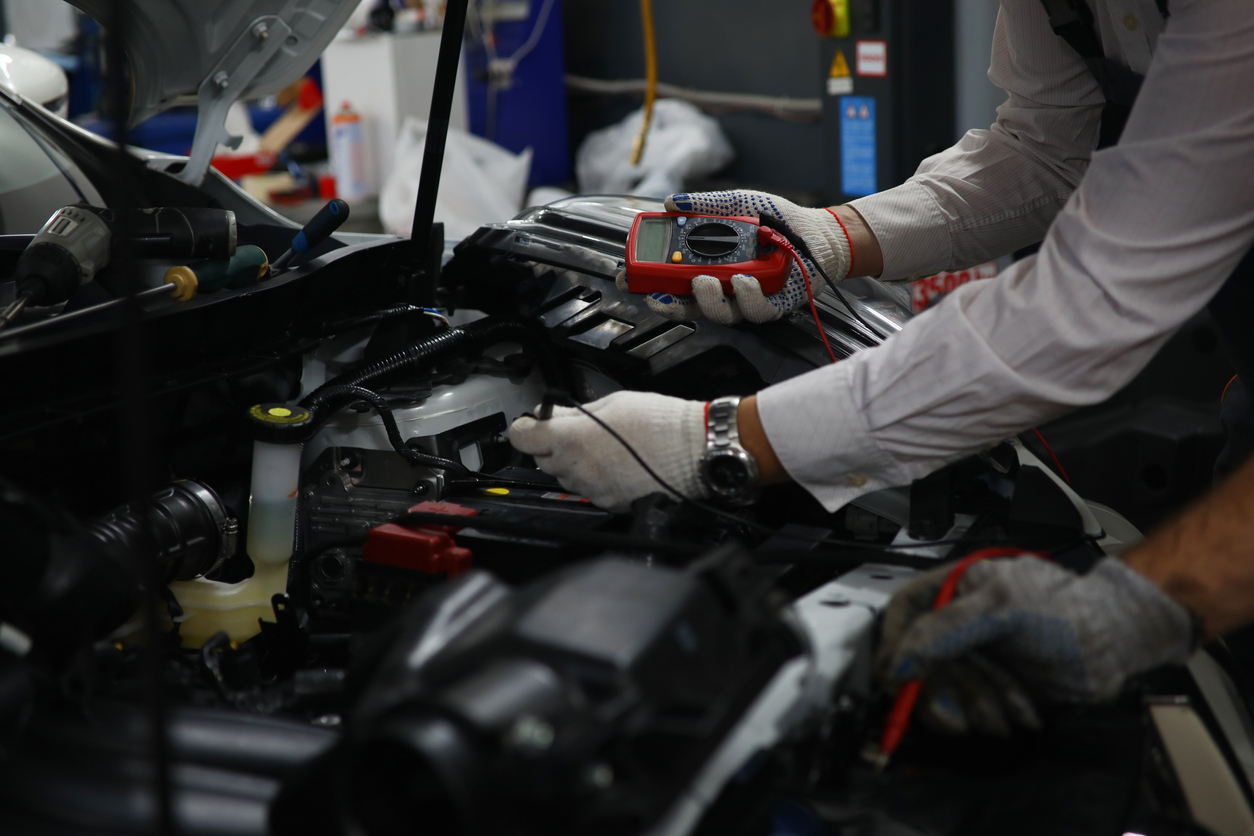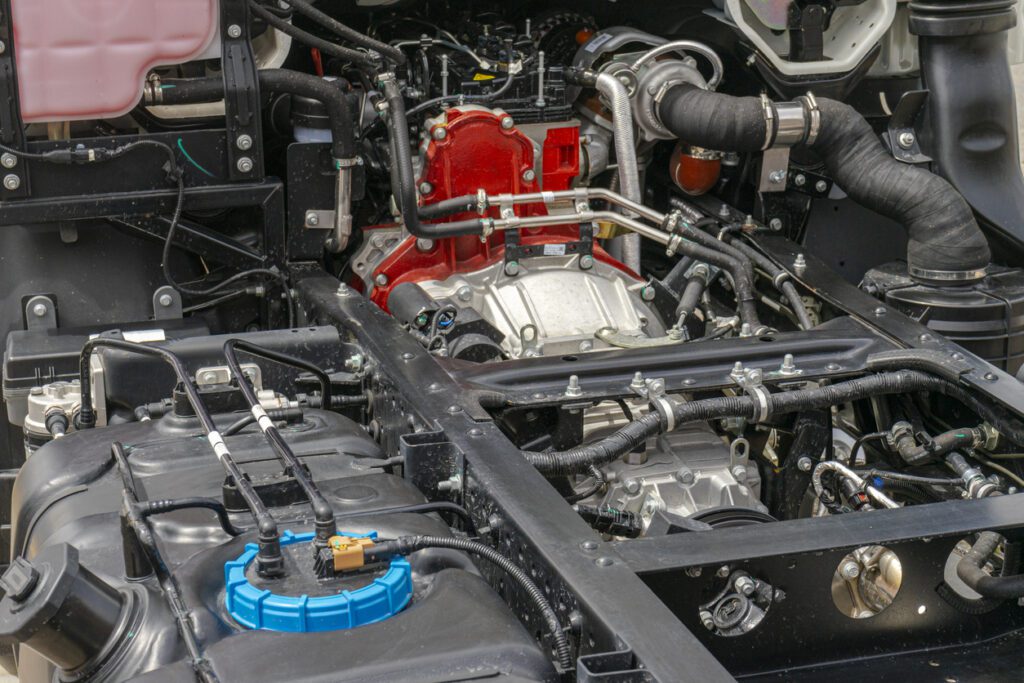Will fuel prices ever decrease back to normal?
Star Rating Due To Increase
In spite of the decline in fuel prices observed toward the end of the previous year, the economic landscape in 2023 continues to be marked by significant uncertainty. This ongoing economic unpredictability poses a considerable challenge for commercial fleet operators in terms of financial planning. While there seems to be some improvement on the horizon, questions linger regarding the stability of diesel and petrol prices in the UK. This article delves into the various factors influencing fuel prices and highlights how FleetWitness can be a valuable tool in managing costs, regardless of the pricing outcomes.
Why The Increase?
Fuel prices play a pivotal role in the overall economic equilibrium and are subject to numerous contributing factors, including the cost of crude oil, taxes levied on fuel purchases, refining expenses, and transportation and distribution costs. Here are some key factors shaping fuel prices in the UK:
Crude Oil Prices: Undoubtedly, the cost of crude oil remains the single most significant determinant of fuel prices. Crude oil prices fluctuate in response to supply and demand dynamics. Presently, within the current economic climate, we observe a downward trend in crude oil prices following a sharp peak in July 2022. While various other elements influence diesel and petrol prices, it’s imperative not to overlook the strong correlation with crude oil prices.
Government Taxes: Government-imposed taxes on diesel and petrol purchases are typically aimed at offsetting infrastructure expenses and supporting environmental initiatives. In March 2022, the UK government reduced the Fuel Duty rate by 5p to counter rising costs. However, there have been indications of a potential Fuel Duty increase of up to 23% after March 2023. These signals serve as a warning to fleet managers about the prevailing economic uncertainties and emphasise the need for long-term cost-saving strategies.
Refining Costs: The cost of refining represents another significant factor influencing diesel and petrol prices. Refineries play a crucial role in transforming crude oil into usable fuel, and their operational costs inevitably impact consumers. Since the onset of the COVID-19 pandemic, we’ve witnessed record inflation affecting labour, energy, and raw material costs. Consequently, when refining expenses rise, diesel and petrol prices tend to follow suit.
The Impact of Fluctuating Fuel Prices on Businesses
Changes in fuel prices can exert a profound impact on businesses, both positively and negatively.
A decrease in diesel and petrol prices can lead to cost savings for businesses, enhancing their operational efficiency. Conversely, an increase in fuel prices can prove detrimental, potentially reducing company profits and placing businesses under financial strain. Moreover, higher operational costs may prompt businesses to reduce their workforce to maintain financial stability.
Exploring Fuel-Saving Strategies
To mitigate the adverse effects of rising fuel prices, promoting fuel-saving techniques to your drivers can be instrumental. To discover additional ways to save on fuel expenses, explore our article on idling here: Unveiling The Hidden Consequences Of Engine Idling. Here are some key driving practices that contribute to fuel savings:
Reducing Driving Speed: For HGVs over 3.5t, the most fuel-efficient speed ranges between 50mph to 56mph. Meanwhile, passenger cars and light commercial vehicles achieve optimal fuel consumption rates between 40 to 50 mph. Considering that the average long-distance HGV driver covers approximately 75,000 miles annually and LCV drivers log around 17,500 business miles, driving at reduced speeds can translate into significant yearly savings.
Coasting: Coasting involves lifting the foot off the gas pedal while the vehicle remains in gear. This results in a gradual decrease in speed, with no fuel injection, as the engine continues to operate. Coasting represents an effective method for conserving fuel, as it allows drivers to anticipate and adapt to their surroundings efficiently.
How FleetWitness Can Help Reduce Fuel Costs
FleetWitness offers a powerful solution for optimising fuel expenditure through fuel efficiency insights. It enables route planning that prioritises fuel efficiency, optimises fleet performance, and contributes to a reduced carbon footprint. With FleetWitness, access to historical fuel consumption data facilitates the identification of anomalies in fleet efficiency. In navigating the uncertain road ahead, FleetWitness stands as a valuable ally in supporting your fleet management efforts.
Want To Learn More?
If you aspire to enhance your fleet operations, give us a call or drop us an email, and together we can explore how our solutions can transform your business. Don’t miss out on the opportunity to optimise your fleet’s performance and maximise your success.
Contact us now and unlock a new era of efficiency and profitability for your company.









